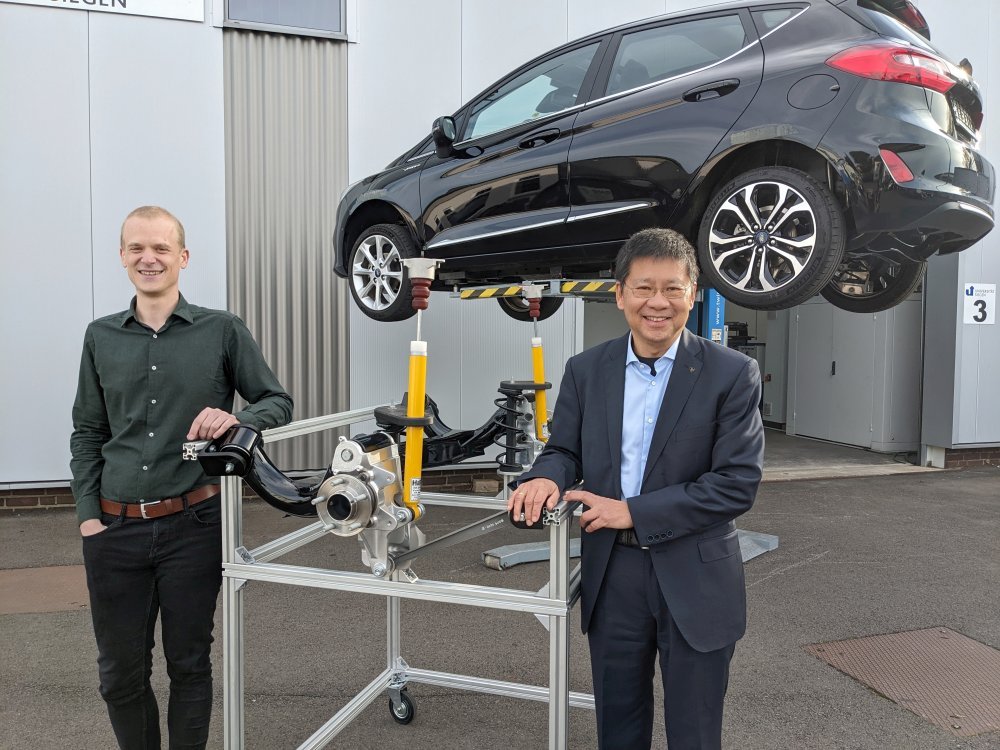Small electric vehicles (EVs) have had limited range due to limited accessible battery space; however, a novel rear axle design for compact EVs developed by experts from the Chair of Lightweight Vehicle Construction at the University of Siegen promises to alleviate that restricted space problem for EV makers.

The redesigned rear axle idea improves the available space in the body for the battery, and with the expanded battery space, it can give up to 71 miles more range, a 35% improvement in range. The concept is actually quite simple: the team ‘turned’ the back axle and shifted the cross member of the axle to the rear, towards the trunk. This improves the amount of space available under the car for the front-mounted battery.

However, in order to keep the car’s typical driving characteristics, the vehicle maker will need to make further alterations to the axle — multiple links and joints, among other things — to guarantee that the automobile performs normally while braking and does not flip over.
The scientists used a Ford Fiesta provided by their research partner Ford as a test vehicle. Heavy metal plates were put beneath the floor of the gas engine to simulate the weight of the battery. The vehicle was then outfitted with sophisticated measuring technologies and thoroughly evaluated by professionals on the test bench and on a test track at Ford in Belgium.

The vehicle’s comfort and safety were maintained during the testing, although the car’s driving dynamics performed somewhat worse than automobiles with a traditional rear axle in several ways. However, the difference is so minor that it may easily be compensate for by further adjustments.
Representatives from the project’s two partners, Ford and Volkswagen, were delighted with the overall results, and both firms were “extremely interested” in the redesigned rear axle.
This is a Globe PR Newswire Feed; fake checked and edited by Clean-Future Team






